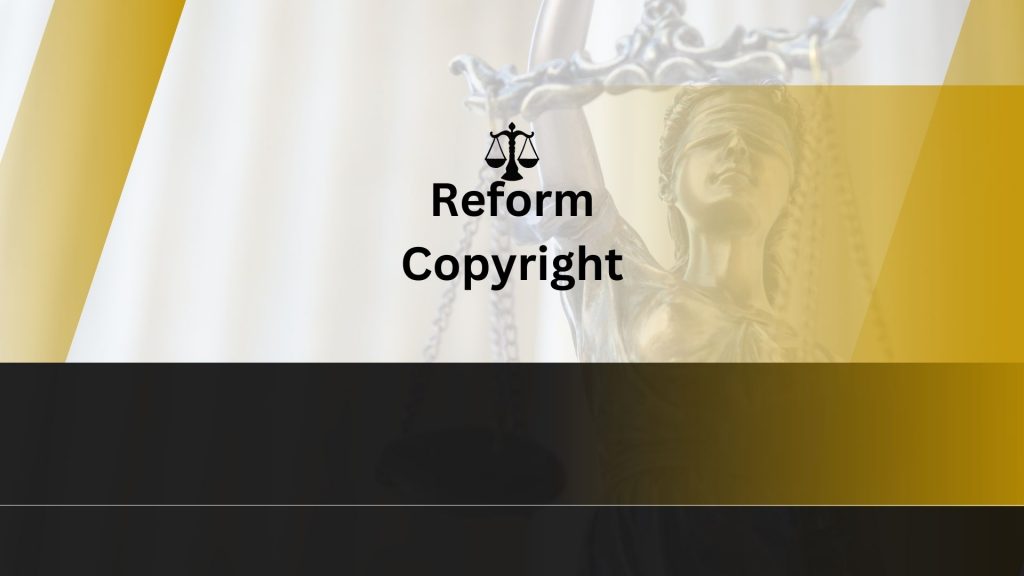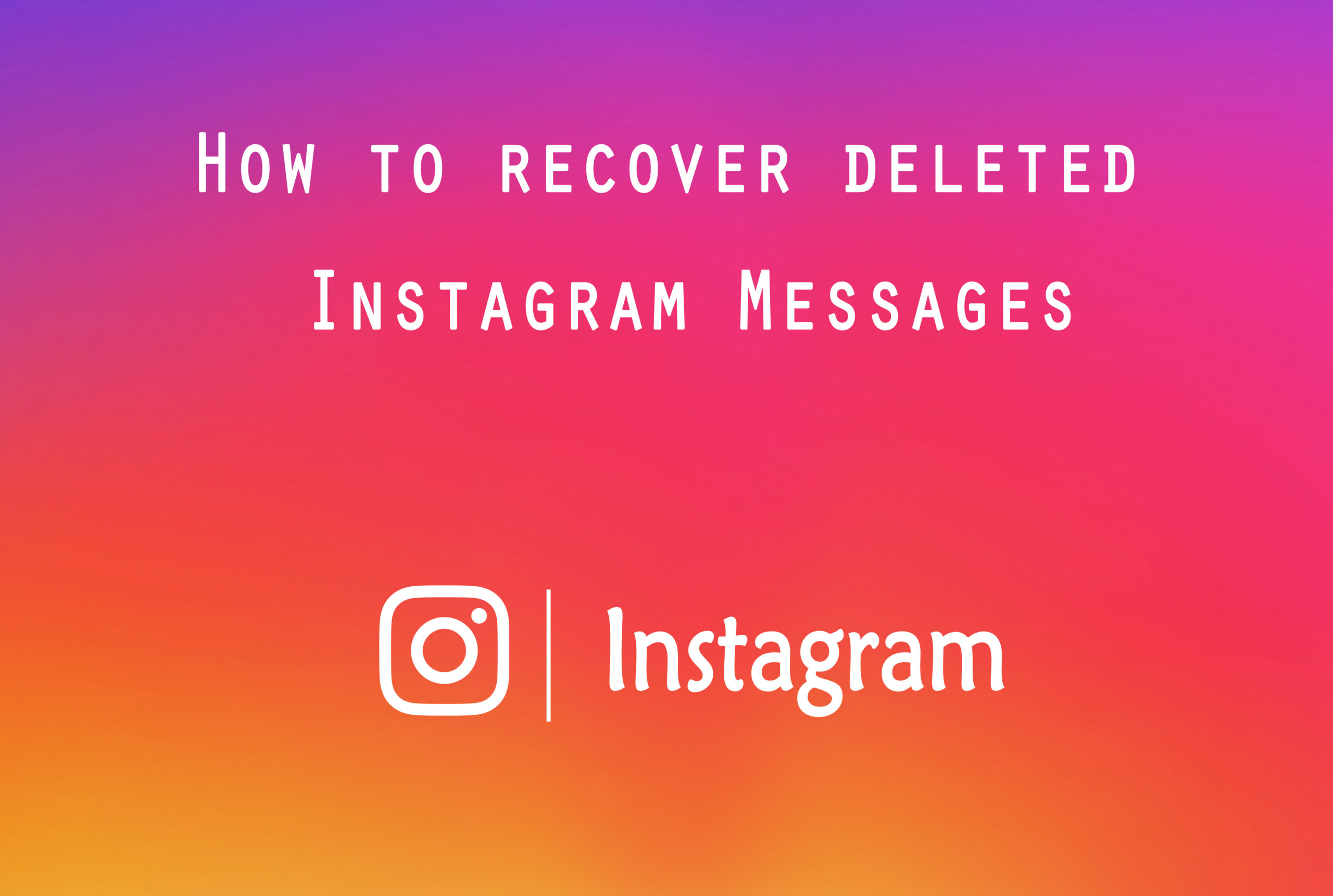Businesspeople, lawyers, artists, and authors may all seem like pretty different people with different ideas, focuses, and goals in life. If there’s one thing that has the power to bring them all together, however, it’s a copyright case. No one wants to wind up on the wrong side of a copyright infringement lawsuit, nor do creators and businesses want to see their hard-won copyright flouted and infringed upon by others.
Unfortunately, copyright law has a reputation for appearing opaque and incomprehensible to outsiders.
Fortunately, this guide will help you understand the basics of copyright and trademark law.
Trademark 101
Let’s start at the very beginning – what is a trademark?
As defined by the United States Patent and Trademark Office, a trademark is a symbol, word, phrase, or design that serves to identify and distinguish the goods and services of one party from another. A “service mark” is something that is the actual mark that serves as a stand-in for the company – think the Golden “M” for McDonald’s or the “swoosh checkmark shape” for Nike. That said, “trademark” is often used to collectively refer to the company, goods, services, and marks.
What about copyright?
Where a trademark typically refers to a company, copyright typically refers to media and art. Books, films, plays, video games, songs – when produced by professional commercial artists, can all be covered by copyright.
The Requirements for Registering a Trademark in the United States
If you have read all of that and think you’re ready to file a trademark, you may want to hold that thought – there’s a lot more to it than that.
For one thing, if you are “a foreign-domiciled applicant,” you need to make sure you go through the application process in the United States. While the United States, United Kingdom, European Union, and other countries and political blocs are signatories to The Paris Convention, copyrights and trademarks that exist in one country do not immediately transfer over to the US system. Moreover, a UK or EU solicitor may not be able to file on your behalf, as you will need to have a US-licensed attorney represent your trademark filing when sending in your application to the United States Patent and Trademark Office (USPTO).
That requirement does not extend to US citizens, though it is highly advisable to hire someone who is a specialist in US trademark law.
For both the United States and foreign-domiciled applicants, neither foreign attorneys nor non-attorneys are allowed to provide legal advice pertaining to the application process. In addition, they may not help you fill out the form, sign the documents for you, or otherwise act on your behalf. Doing any of this could result in your application being delayed, jeopardized, or ruled invalid.
There are many additional legal guidelines and requirements you’ll have to meet before you can apply for a trademark, including:
- Is the trademark federally registerable? You’ll need to check the rules for what can and cannot be trademarked. While this is somewhat subjective, as a general rule, the more unique and distinctive a mark, design, or slogan is, the better your chances of it being ruled as federally registerable as a trademark. For example, “We provide great service” is obviously far too generalized to be trademarked – that’s a common phrase many businesses and people use. On the other hand, the McDonalds symbol is distinctly and unmistakably for McDonald’s and only McDonalds and is thus federally registered and protected as a trademark.
- Identifiable Goods or Services? What exactly does your service or company “offer”? What does your product “do”? Questions such as these are necessary for making sure that commercial trademarks are only given to active companies offering real, legal goods and services. The more distinctly you can answer these questions, the better your chances.
- Proper Filing? You must make sure that you have gone through the application process step by step, and have filed the right type of paperwork for the right type of trademark, patent, or copyright. There are differences between those last three, as explained below, so make sure you are applying for the specific type of Intellectual Property protection you need.
Suggested:
What You, As A Business Owner, Should Know About Copyright?
7 Proven Ways To Protect Your Content From Plagiarism.
Making Your Mark
If you look at antique books or pieces of porcelain, you’ll often find they have identifying markings that show where they were manufactured and by which company. That practice obviously continues today with trademarking. With the advent of different forms of media, the concept of a defining “mark” has been expanded to include other forms of product and service identification.
To be trademarked, your product will need to make use of at least one of these three types of identifying marks:
● Standard Character Format: This pertains to the use of standard letters, numbers, words, or combinations. For example, eBay, AT&T, and 21st Century Fox are all examples of trademarked company names protected by trademark law.
● Special Character Format: This pertains to special unique designs or stylized elements. The spherical logo for AT&T, for example, as well as the stylized font in the spelling of “eBay”, fits into this category.
● Sound Mark: This pertains to copyrighted musical or tonal pieces. The iconic drum and fanfare at the beginning of a 21st Century Fox film is a perfect example.
Difference Between Trademarks, Copyrights, and Patents?
One major difference between trademarks and copyrights (and patents) is that the latter can expire while the former does not. Something that is trademarked can remain that way forever, as long as the mark remains in use in a commercial way that serves to distinguish your goods and services from another. Trademark registration can also last forever, as long as you continue to file the required documents and pay fees at the required intervals.
Copyright, on the other hand, can expire, though it now applies for longer than ever before. For works created by individual creators, copyright protection in the United States extends for the life of the creator plus 70 years. For works created under a pseudonym, anonymously, or for hire (such as part of a corporation like Disney) copyright extends until 95 years after the date of publication or 120 years after the date of creation, whichever is shorter.
Finally, patents pertain to inventions. These can include new or improved machines, manufactured items, chemical compositions, and manufacturing processes. The protections for patents are far more limited, with a design patent only lasting 15 years from issuance (14 if filed before May 13, 2015) or 20 years in the case of utility and plant patents.
Copyright Infringement Suits
Finally, what about copyright infringement?
This is the unauthorized use of any of the trademarked elements listed above. To constitute copyright infringement, the similarity has to be such that a consumer would be confused, deceived, or given to mistake one product for the other.
Suits for trademark and copyright infringement often wind up in federal court. The burden of proof is on the copyright holder making the claim that the offending product or service has infringed upon their copyright. If they are successful in making this claim, penalties for the guilty party can range from injunctions and cease and desist orders to the destruction of products bearing the infringed upon mark to monetary compensation.
Just like trademarks themselves, every copyright and trademark infringement case is different, you’ll want to consult with a lawyer about the particulars of your case.
With this introductory guide, you should be better equipped to navigate the world of trademark and copyright law.
Suggested:
5 Ways To Boost Law Firm Visibility.
Like this:
Like Loading...













 Ways to Modernize Your Manufacturing Operation
Ways to Modernize Your Manufacturing Operation
Hello Lori,
Great Post. Stealing content is a big challenge for bloggers. Everyday bloggers suffer from content-stealing and dealing with it a time taking job and it definitely hurts your blog. You have shared some great tips here.
Regards,
Vishwajeet Kumar
All good to know Lori. We want to cover ourselves to ensure we are on the up and up, staying within the bounds of the law. Especially in the litigious USA.
Ryan